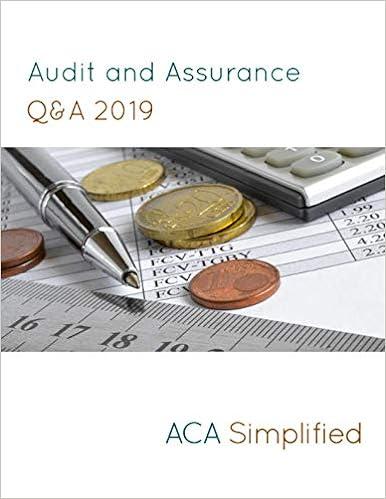

Problem 14-17 (Static) (LO 14-1, 14-5) Ms. Barnes, an unmarried individual has $196 400 taxable income. Assume the taxable year is 2020. Compute her income tax in each of the following cases. Use Individual Tax Rate Schedules Required: a. Ms. Bares is a single taxpayer. (Round your answer to the nearest whole dollar amount.) b. Ms. Barnes is a head of household c. Ms Bornes is a surviving spouse. 8 Answer is complete but not entirely correct. Case Income tax $ 44,538 ola Single taxpayer Head of household Surviving spouse 45,3853 41,978 $ 83F O BA 1 here to search 2020_individual tax rate_sche Individual Tax Rate Schedules Married Filling Jointly and Surviving Spouse If taxable income is: Not over $19.750 Over $19.750 but not over $80,250 Over $80,250 but not over $171,050 Over $171.050 but not over $326,600 Over $326.600 but not over $414 700 Over $414,700 but not on $622,050 Over $622,050 The tax is: 10% of taxable income $1,975 + 12% of excess over $19.750 $9.235 + 22% of excess over $80,250 $29.211 + 24% of excess over $171,050 $66,543 + 32% of excess over $326,600 $94.735 + 35% of excess over $414,700 $167,307 50 + 37% of excess over $622,050 Married Filing Separately If taxable income is: Not over $9.875 Over $9,875 but not over $40,125 Over $40,125 but not over $85.525 Over $85,525 but not over $163,300 Over $ 163,300 but not over $207,350 Over $207,350 but not over $311,025 Over $311,025 The tax is: 10% of taxable income $987.50 + 12% of excess over $9.875 $4,617.50 +229 of excess over $40,125 $14,605,50 +24% of excess over $85.525 $33,27 1.50 + 32% of excess over $163,300 $47,367 50 + 35% of excess over $207,350 $83,653.75 +37% of excess over $311,025 Heads of Household If taxable income is: Not over $14,100 Over $14,100 but not over $53,700 Over $53,700 but not over $85,500 Over $85,500 but not over $ 163,300 Over $163,300 but not over $207,350 Over $207,350 but not over $518.400 Over $518,400 The tax is: 10% of taxable income $1,410 + 12% of excess over $14,100 $6,162 + 22% of excess over $53.700 $13,158 + 24% of excess over $85,500 $31.830 + 32% of excess over $ 163,300 $45,926 + 35% of excess over $207,350 $154.793.50 +37% of excess over $518,400 Single If taxable income is: Not over $9.875 Over $9,875 but not over $40.125 Over $40,125 but not over $85,525 Over $85,525 but not over $ 163,300 Over $ 163,300 but not over $207,350 Over $207,350 but not over $518,400 Over $518,400 The tax is: 10% of taxable income $987 50 + 12% of excess over $9.875 $4,617 50 + 22% of excess over $40,125 $14.605.50 + 24% of excess over $85.525 $33.271.50 + 32% of excess over $ 163,300 $47.367.50 + 35% of excess over $207,350 $156,235 +37% of excess over 518.400 O PI








